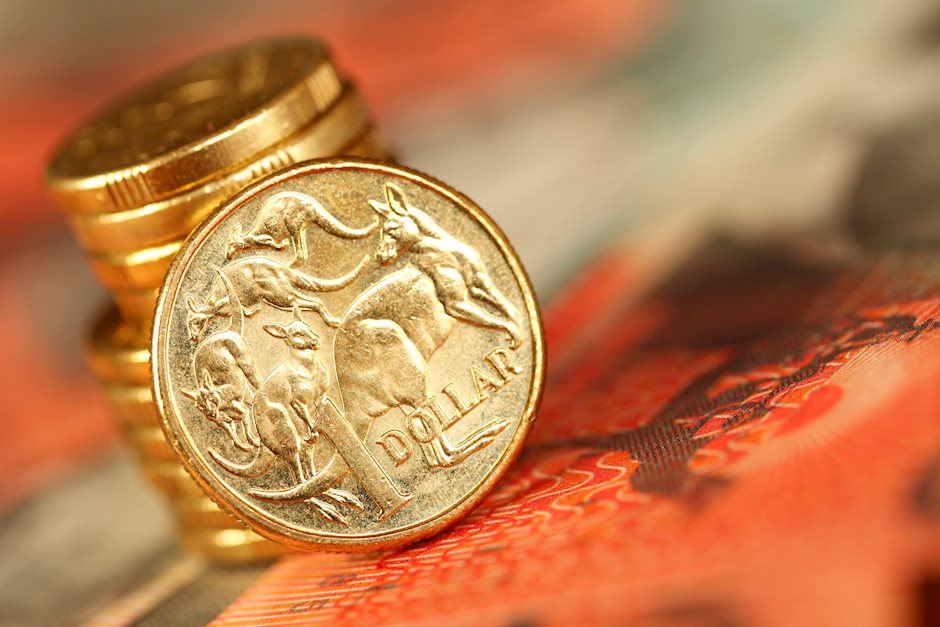AUD/USD jumps to near 0.6550 on RBA’s hawkish interest rate guidance
- AUD/USD surges to near 0.6550 as RBA Bullock prepares to hike interest rates further if needed.
- The Fed is expected to go aggressively on rate cuts amid fears of a potential US slowdown.
- Investors await the US weekly jobless claims data.

The AUD/USD pair climbs to near 0.6550 in Thursday’s European session. The Aussie asset strengthens as Reserve Bank of Australia (RBA) Governor Michelle Bullock delivers a hawkish guidance on interest rates and the US Dollar (USD) corrects on firm Federal Reserve (Fed) rate-cut prospects.
Michelle Bullock said in the Q&A session at Thursday's Rotary Club of Armidale Annual Lecture said the board will not hesitate to hike its Official Cash Rate (OCR) further if needed. She added that central bank will be vigilant to inflation risks. When asked about the inflation outlook, Bullock said. “Don’t expect to be back in 2–3% target range until end of 2025.”
Meanwhile, the market sentiment remains risk-averse on fears of potential global slowdown. S&P 500 futures have posted some losses in the European session. The US Dollar Index (DXY), which tracks the Greenback’s value against six major currencies, edges lower to near 103.00.
The near-term outlook of the US Dollar remains uncertain on market expectations that the Federal Reserve (Fed) will adopt an aggressive policy-easing stance. On the contrary, Economists at Goldman Sachs wrote in a note, “So while market stress is noticeably higher than a week ago, our Financial Stress Index (FSI) suggests that there have been no serious market disruptions to date that would force policymakers to intervene."
In Thursday’s session, investors will focus on the United States Initial Jobless Claims data for the week ending August 2 to know more about the current status of the labor market, which will be published at 12:30 GMT. Economists have estimated that individuals claiming jobless benefits for the first time were 240K, lower than the prior release of 249K.
Australian Dollar FAQs
One of the most significant factors for the Australian Dollar (AUD) is the level of interest rates set by the Reserve Bank of Australia (RBA). Because Australia is a resource-rich country another key driver is the price of its biggest export, Iron Ore. The health of the Chinese economy, its largest trading partner, is a factor, as well as inflation in Australia, its growth rate and Trade Balance. Market sentiment – whether investors are taking on more risky assets (risk-on) or seeking safe-havens (risk-off) – is also a factor, with risk-on positive for AUD.
The Reserve Bank of Australia (RBA) influences the Australian Dollar (AUD) by setting the level of interest rates that Australian banks can lend to each other. This influences the level of interest rates in the economy as a whole. The main goal of the RBA is to maintain a stable inflation rate of 2-3% by adjusting interest rates up or down. Relatively high interest rates compared to other major central banks support the AUD, and the opposite for relatively low. The RBA can also use quantitative easing and tightening to influence credit conditions, with the former AUD-negative and the latter AUD-positive.
China is Australia’s largest trading partner so the health of the Chinese economy is a major influence on the value of the Australian Dollar (AUD). When the Chinese economy is doing well it purchases more raw materials, goods and services from Australia, lifting demand for the AUD, and pushing up its value. The opposite is the case when the Chinese economy is not growing as fast as expected. Positive or negative surprises in Chinese growth data, therefore, often have a direct impact on the Australian Dollar and its pairs.
Iron Ore is Australia’s largest export, accounting for $118 billion a year according to data from 2021, with China as its primary destination. The price of Iron Ore, therefore, can be a driver of the Australian Dollar. Generally, if the price of Iron Ore rises, AUD also goes up, as aggregate demand for the currency increases. The opposite is the case if the price of Iron Ore falls. Higher Iron Ore prices also tend to result in a greater likelihood of a positive Trade Balance for Australia, which is also positive of the AUD.
The Trade Balance, which is the difference between what a country earns from its exports versus what it pays for its imports, is another factor that can influence the value of the Australian Dollar. If Australia produces highly sought after exports, then its currency will gain in value purely from the surplus demand created from foreign buyers seeking to purchase its exports versus what it spends to purchase imports. Therefore, a positive net Trade Balance strengthens the AUD, with the opposite effect if the Trade Balance is negative.
Author

Sagar Dua
FXStreet
Sagar Dua is associated with the financial markets from his college days. Along with pursuing post-graduation in Commerce in 2014, he started his markets training with chart analysis.

















